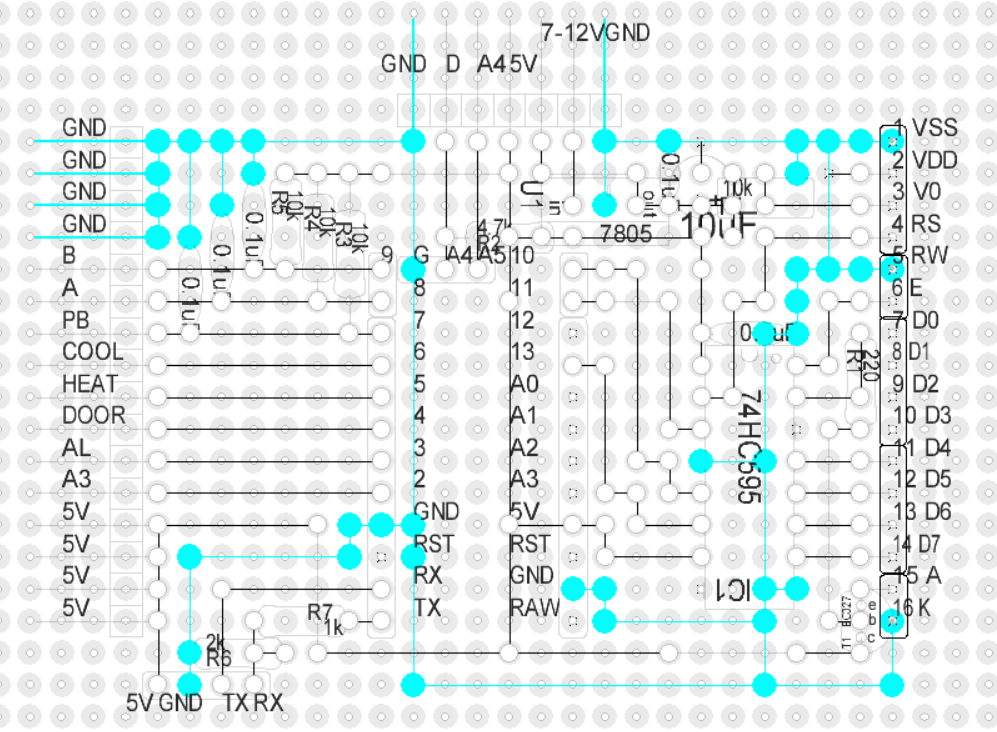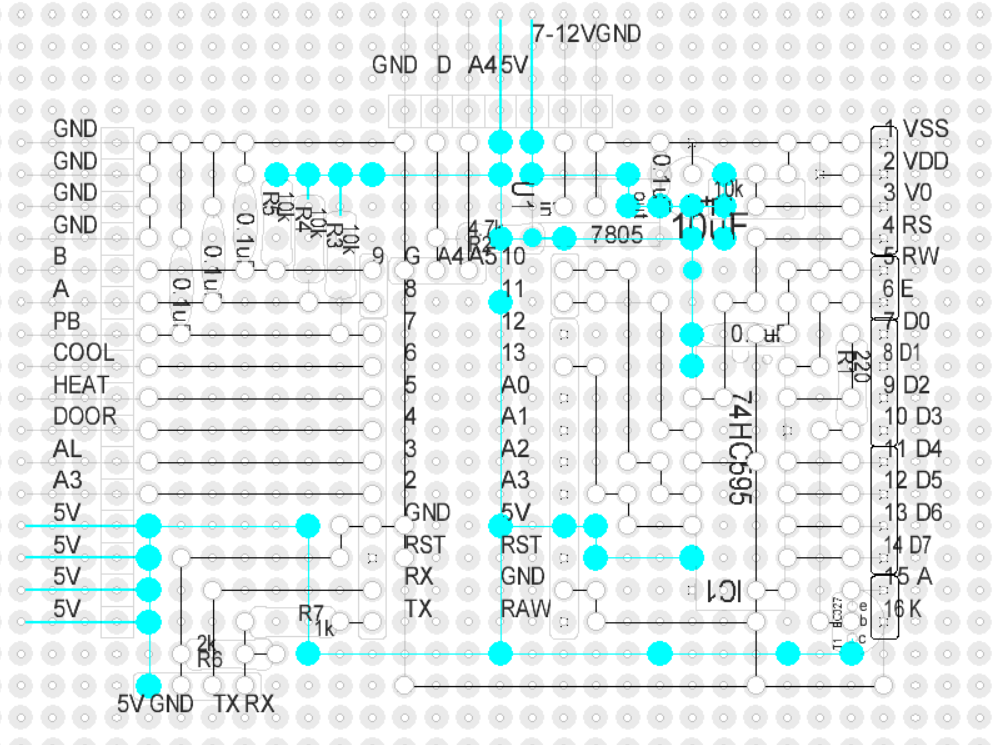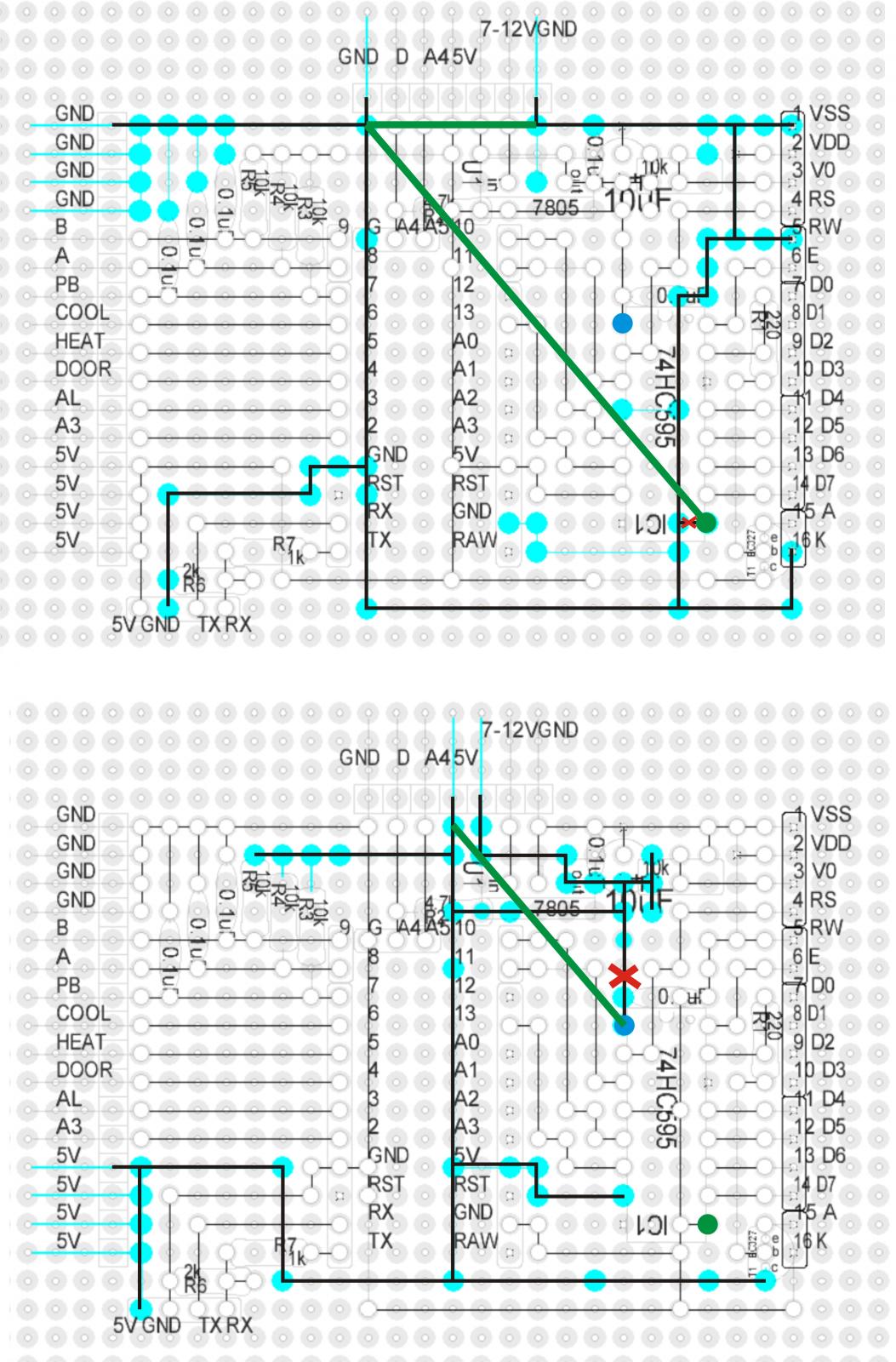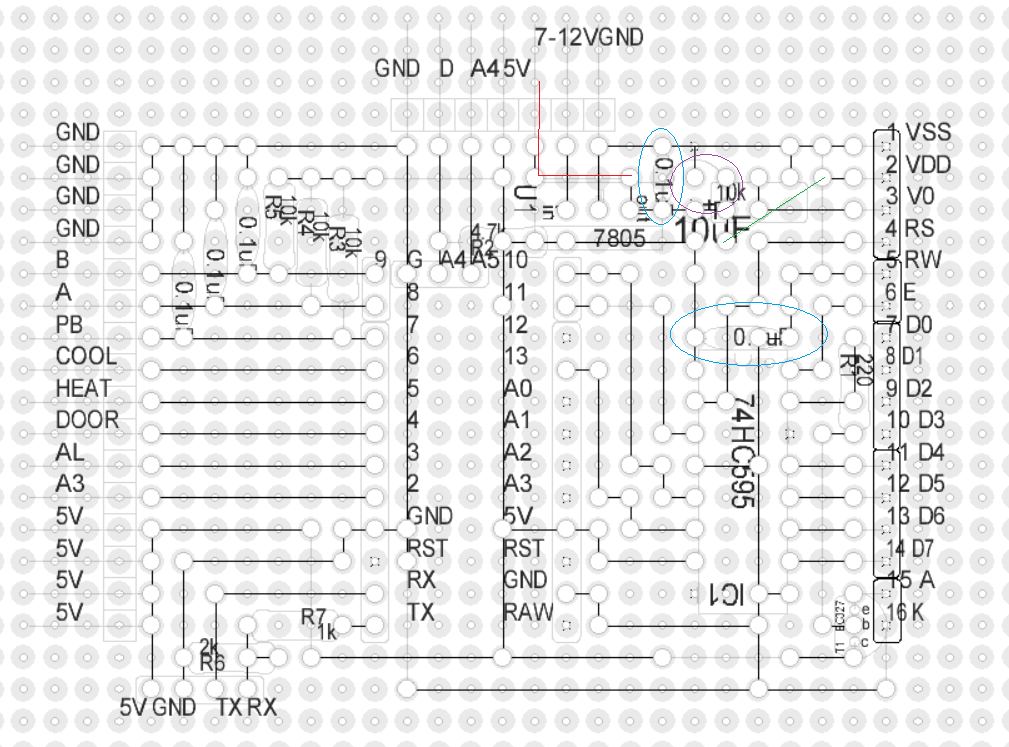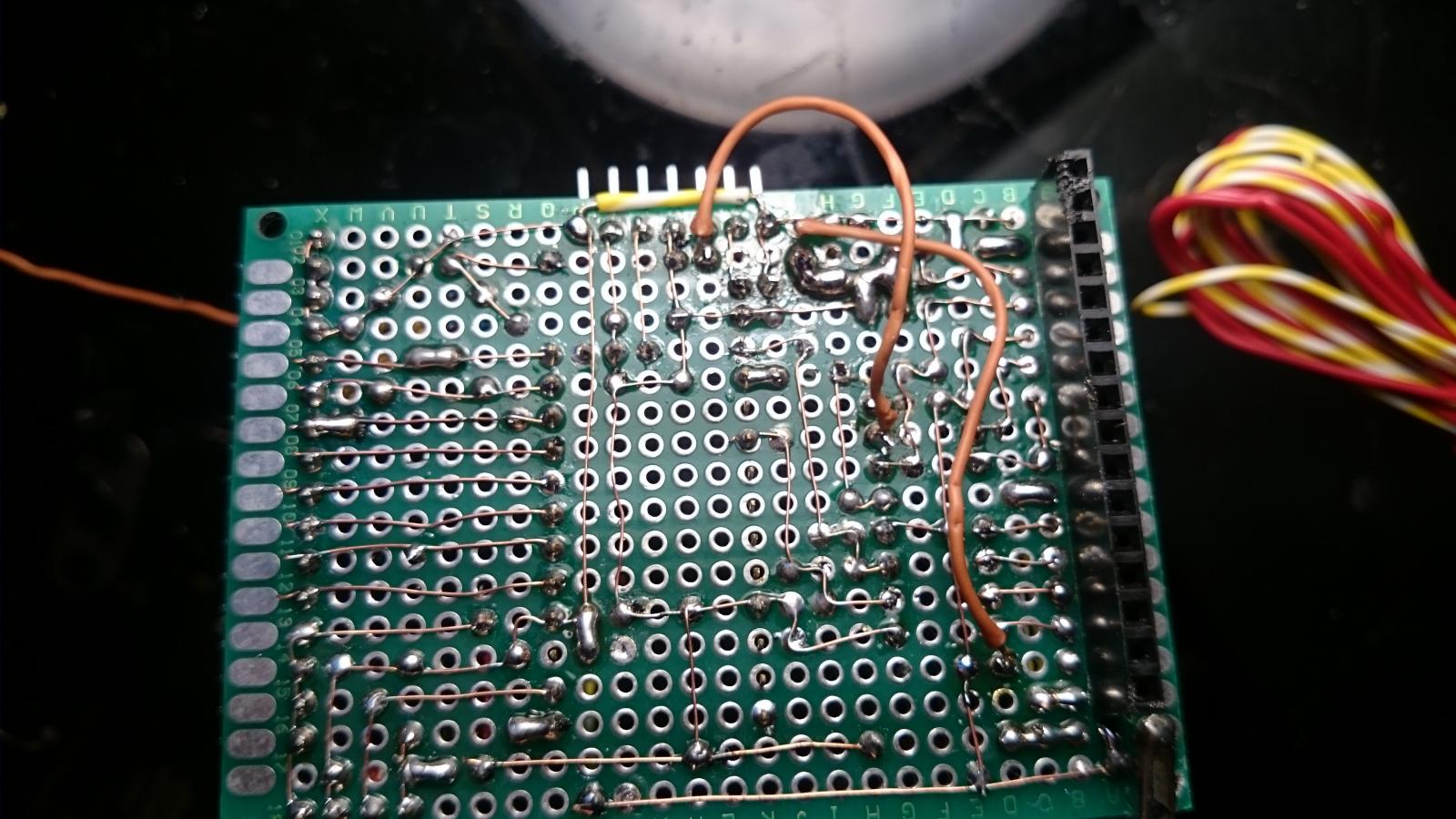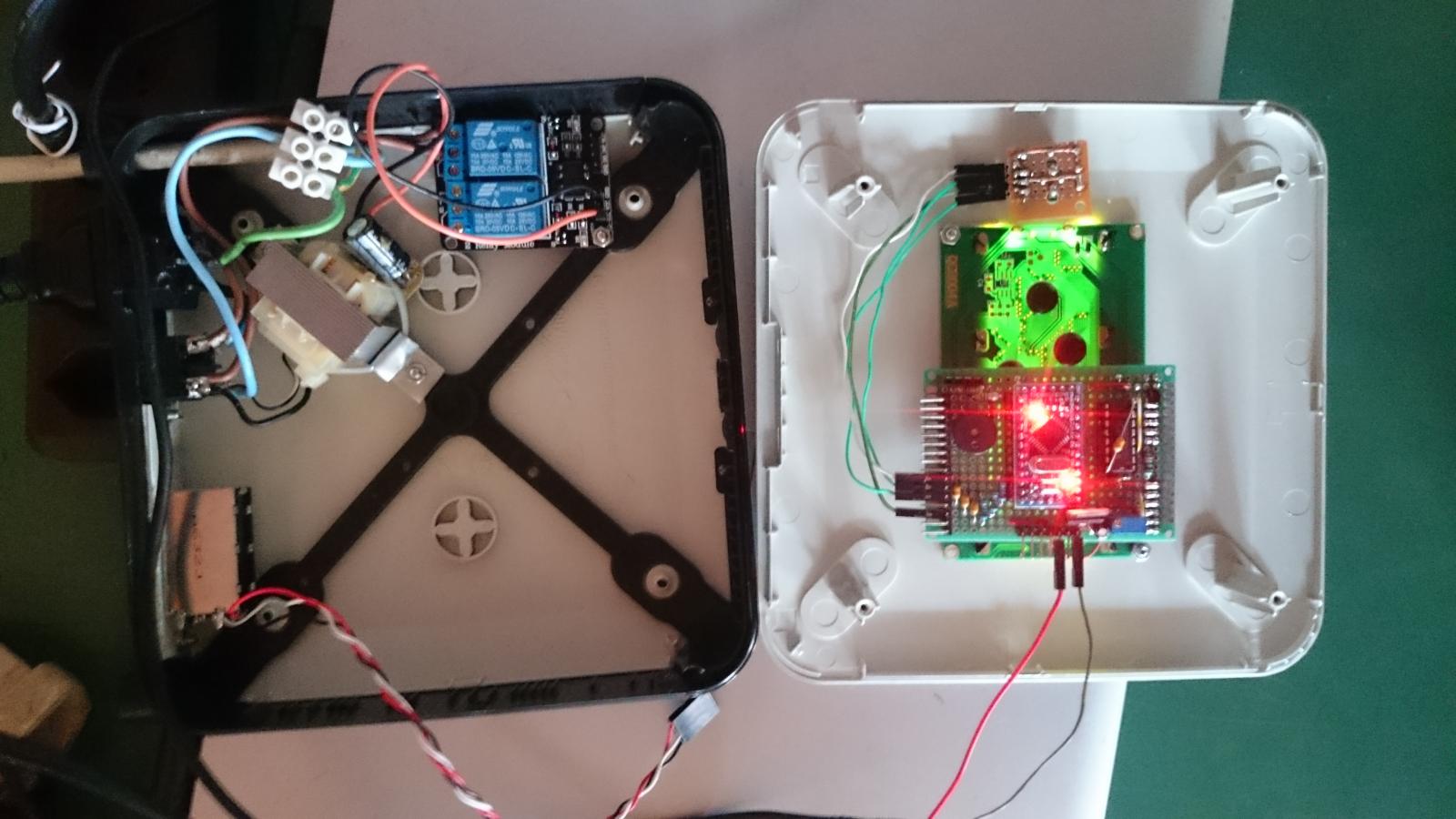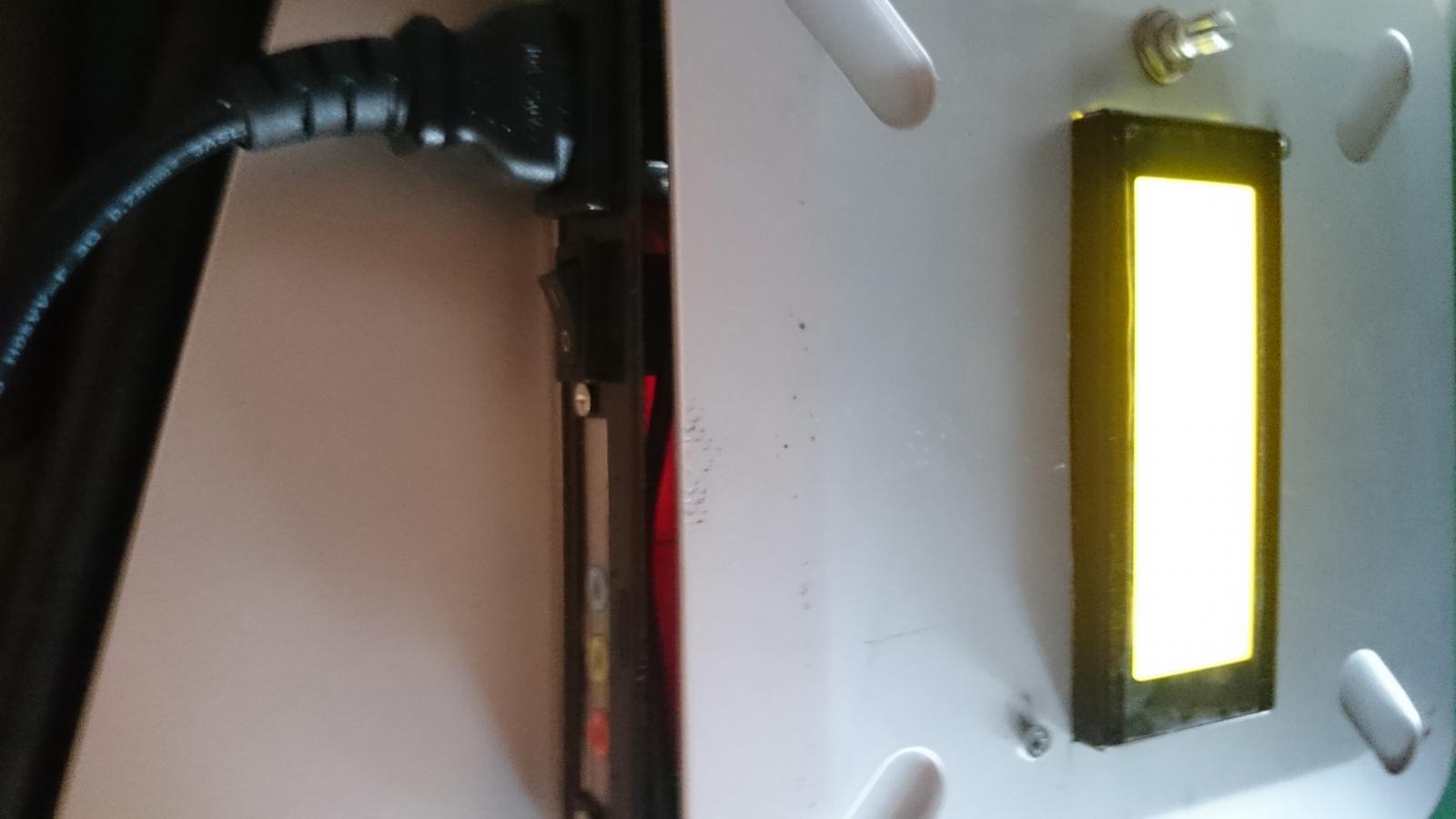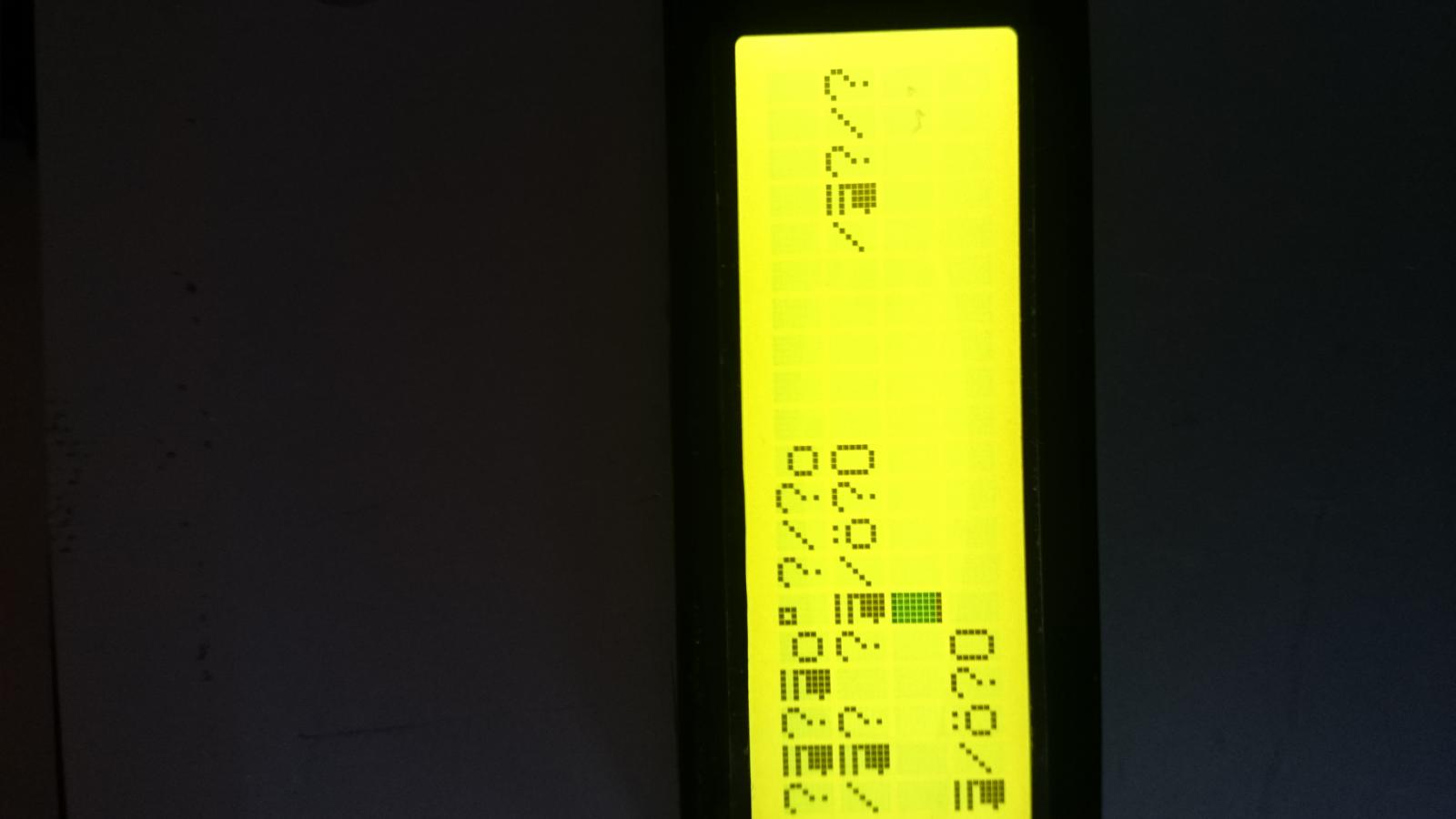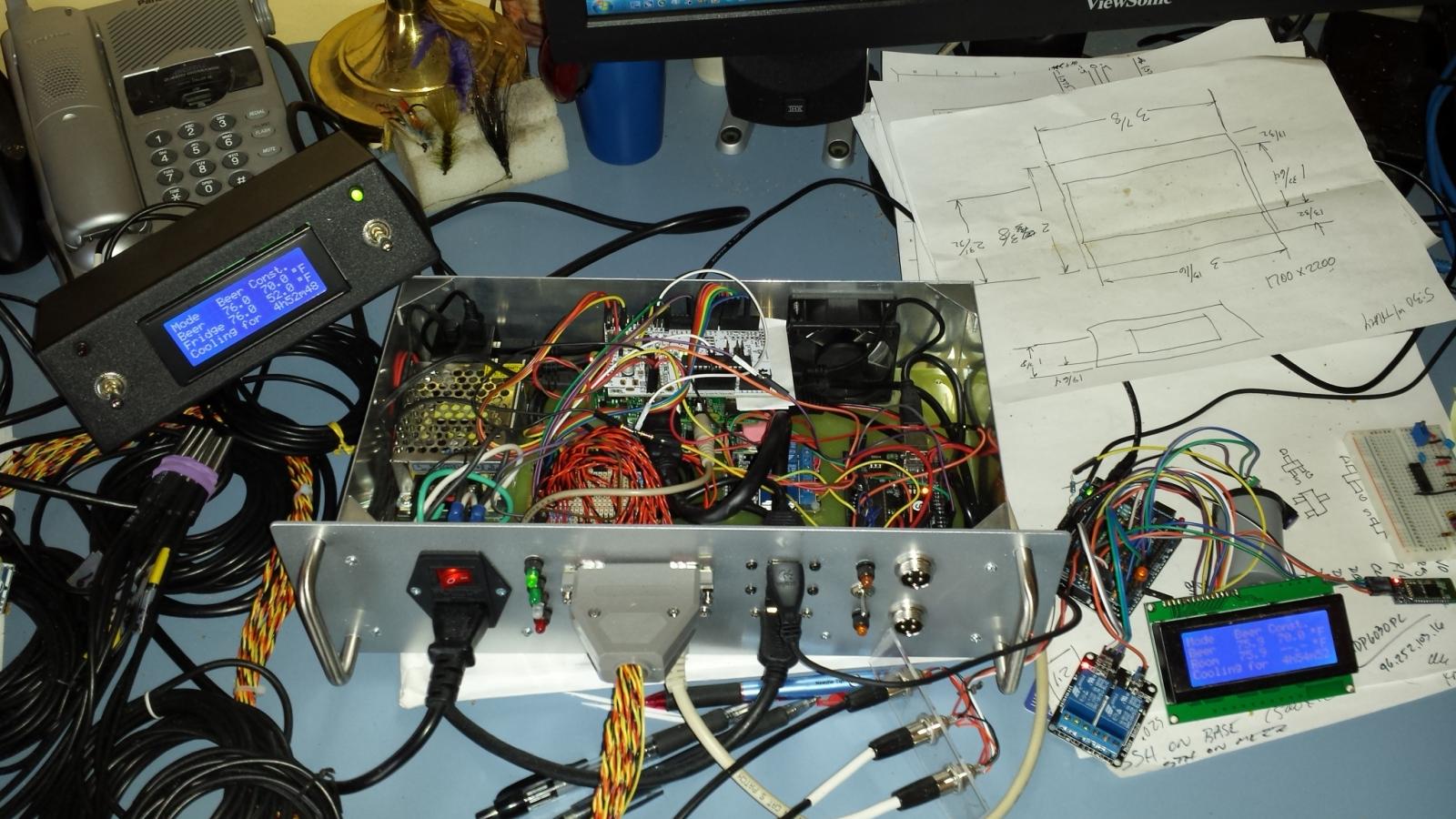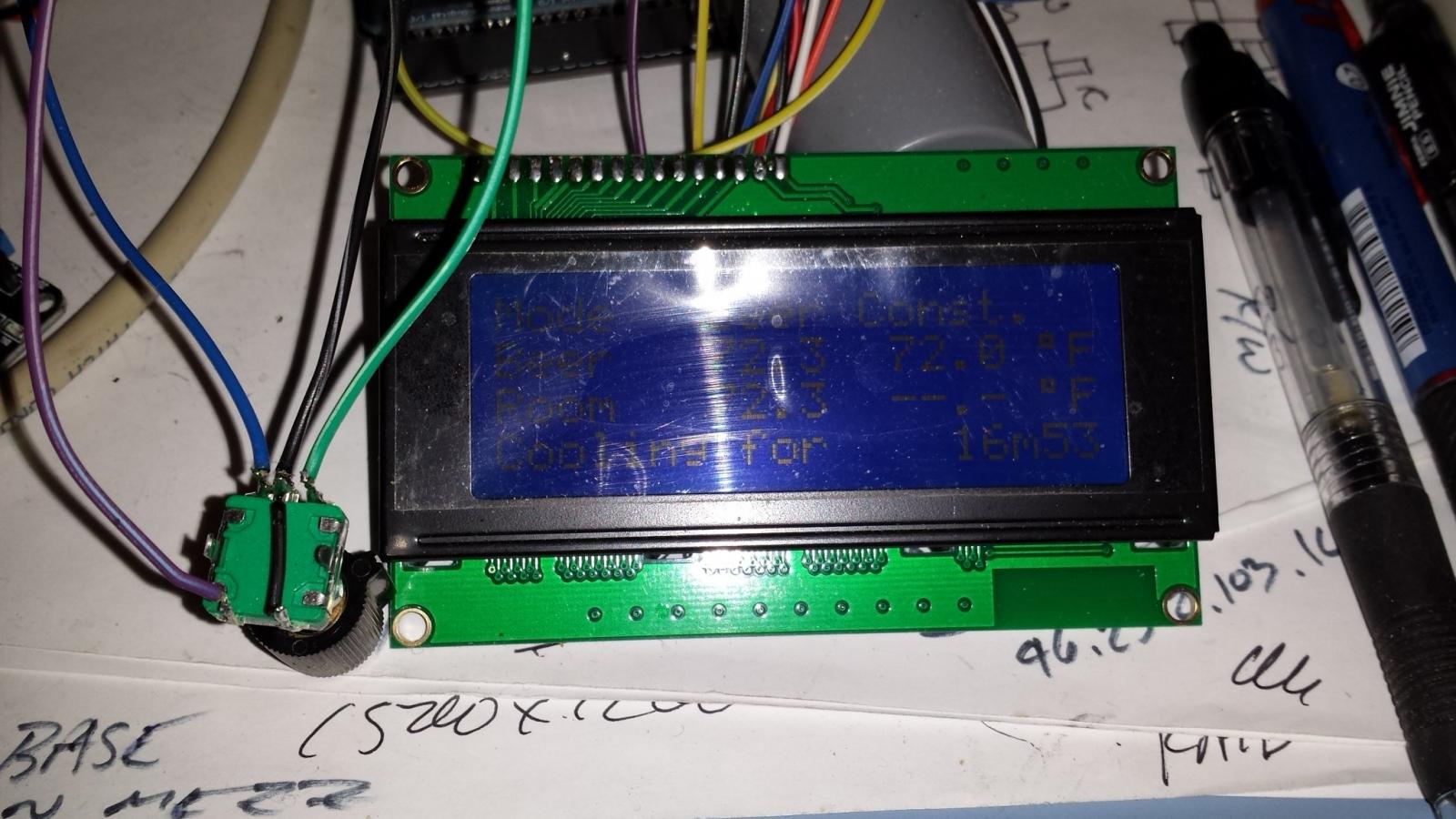**** Arduino Program script started ****
Arduino Home /usr/share/arduino/
Settings will not be restored
Devices will not be restored
Checking old version before programming.
Found BrewPi v0.2.4, running commit 00000000, on an Arduino standard on port /dev/ttyACM0
Requesting old settings from Arduino...
Saving old settings to file oldAvrSettings-Mar-01-2015-08-48-45.json
Loading programming settings from board.txt
Checking hex file size with avr-size...
Program size: 25666 bytes out of max 32256
Programming Arduino with avrdude: /usr/share/arduino/hardware/tools/avrdude -F -e -p atmega328p -c arduino -b 115200 -P /dev/ttyACM0 -U flash:w:"brewpi_avr.hex" -C /usr/share/arduino/hardware/tools/avrdude.conf
result of invoking avrdude:
avrdude: AVR device initialized and ready to accept instructions
Reading | ################################################## | 100% 0.00s
avrdude: Device signature = 0x1e950f
avrdude: erasing chip
avrdude: reading input file "brewpi_avr.hex"
avrdude: input file brewpi_avr.hex auto detected as Intel Hex
avrdude: writing flash (25666 bytes):
Writing | ################################################## | 100% 4.95s
avrdude: 25666 bytes of flash written
avrdude: verifying flash memory against brewpi_avr.hex:
avrdude: load data flash data from input file brewpi_avr.hex:
avrdude: input file brewpi_avr.hex auto detected as Intel Hex
avrdude: input file brewpi_avr.hex contains 25666 bytes
avrdude: reading on-chip flash data:
Reading | ################################################## | 100% 3.95s
avrdude: verifying ...
avrdude: 25666 bytes of flash verified
avrdude done. Thank you.
avrdude done!
Giving the Arduino a few seconds to power up...
Back up in 5...
Back up in 4...
Back up in 3...
Back up in 2...
Back up in 1...
Back up in 0...
Now checking which settings and devices can be restored...
Checking new version: Found BrewPi v0.2.4, running commit 00000000, on an Arduino standard on port /dev/ttyACM0
Resetting EEPROM to default settings
Arduino debug message: INFO MESSAGE 15: EEPROM initialized
No settings to restore!
No devices to restore!
**** Program script done! ****
If you started the program script from the web interface, BrewPi will restart automatically
Mar 01 2015 08:49:12 New program uploaded to Arduino, script will restart
Mar 01 2015 08:49:19 Notification: Script started for beer 'My First BrewPi Run'
Mar 01 2015 08:49:30 Found BrewPi v0.2.4, running commit 00000000, on an Arduino standard on port /dev/ttyACM0
Mar 01 2015 08:49:35 Installed devices received: []
Mar 01 2015 08:49:35 JSON decode error: Expecting object: line 1 column 1 (char 1)
Mar 01 2015 08:49:35 Line received was: h:[D:{"logType":"I","logID":10,"V":[-1]}
Mar 01 2015 08:49:35 Cannot process line from Arduino: {"i":-1,"t":0,"c":1,"b":0,"f":0,"h":2,"d":0,"p":10,"a":"28DE243E060000A2","j": 0.000}D:{"logType":"I","logID":10,"V":[-1]}
Mar 01 2015 08:49:35 Cannot process line from Arduino: ,{"i":-1,"t":0,"c":1,"b":0,"f":0,"h":2,"d":0,"p":11,"a":"28A2B83F0600005E","j": 0.000}D:{"logType":"I","logID":10,"V":[-1]}
Mar 01 2015 08:49:35 Cannot process line from Arduino: ,{"i":-1,"t":0,"c":1,"b":0,"f":0,"h":1,"d":0,"p":13,"x":1}D:{"logType":"I","logID":10,"V":[-1]}
Mar 01 2015 08:49:35 Cannot process line from Arduino: ,{"i":-1,"t":0,"c":1,"b":0,"f":0,"h":1,"d":0,"p":12,"x":1}]
Mar 01 2015 08:49:42 Installed devices received: []
Mar 01 2015 08:49:42 JSON decode error: Expecting object: line 1 column 1 (char 1)
Mar 01 2015 08:49:42 Line received was: h:[D:{"logType":"I","logID":10,"V":[-1]}
Mar 01 2015 08:49:42 Cannot process line from Arduino: {"i":-1,"t":0,"c":1,"b":0,"f":0,"h":2,"d":0,"p":10,"a":"28DE243E060000A2","j": 0.000}D:{"logType":"I","logID":10,"V":[-1]}
Mar 01 2015 08:49:42 Cannot process line from Arduino: ,{"i":-1,"t":0,"c":1,"b":0,"f":0,"h":2,"d":0,"p":11,"a":"28A2B83F0600005E","j": 0.000}D:{"logType":"I","logID":10,"V":[-1]}
Mar 01 2015 08:49:42 Cannot process line from Arduino: ,{"i":-1,"t":0,"c":1,"b":0,"f":0,"h":1,"d":0,"p":13,"x":1}D:{"logType":"I","logID":10,"V":[-1]}
Mar 01 2015 08:49:42 Cannot process line from Arduino: ,{"i":-1,"t":0,"c":1,"b":0,"f":0,"h":1,"d":0,"p":12,"x":1}]


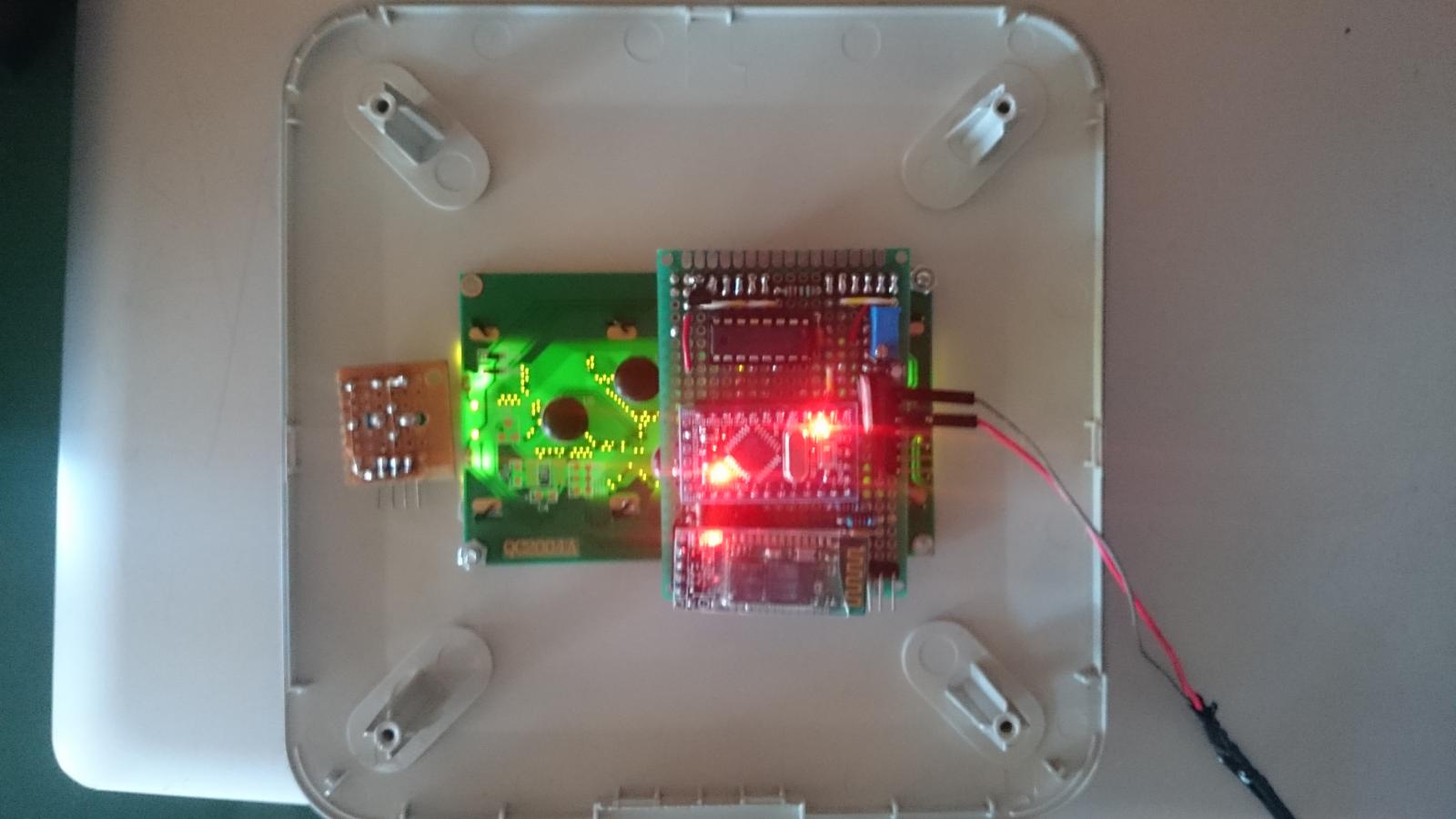
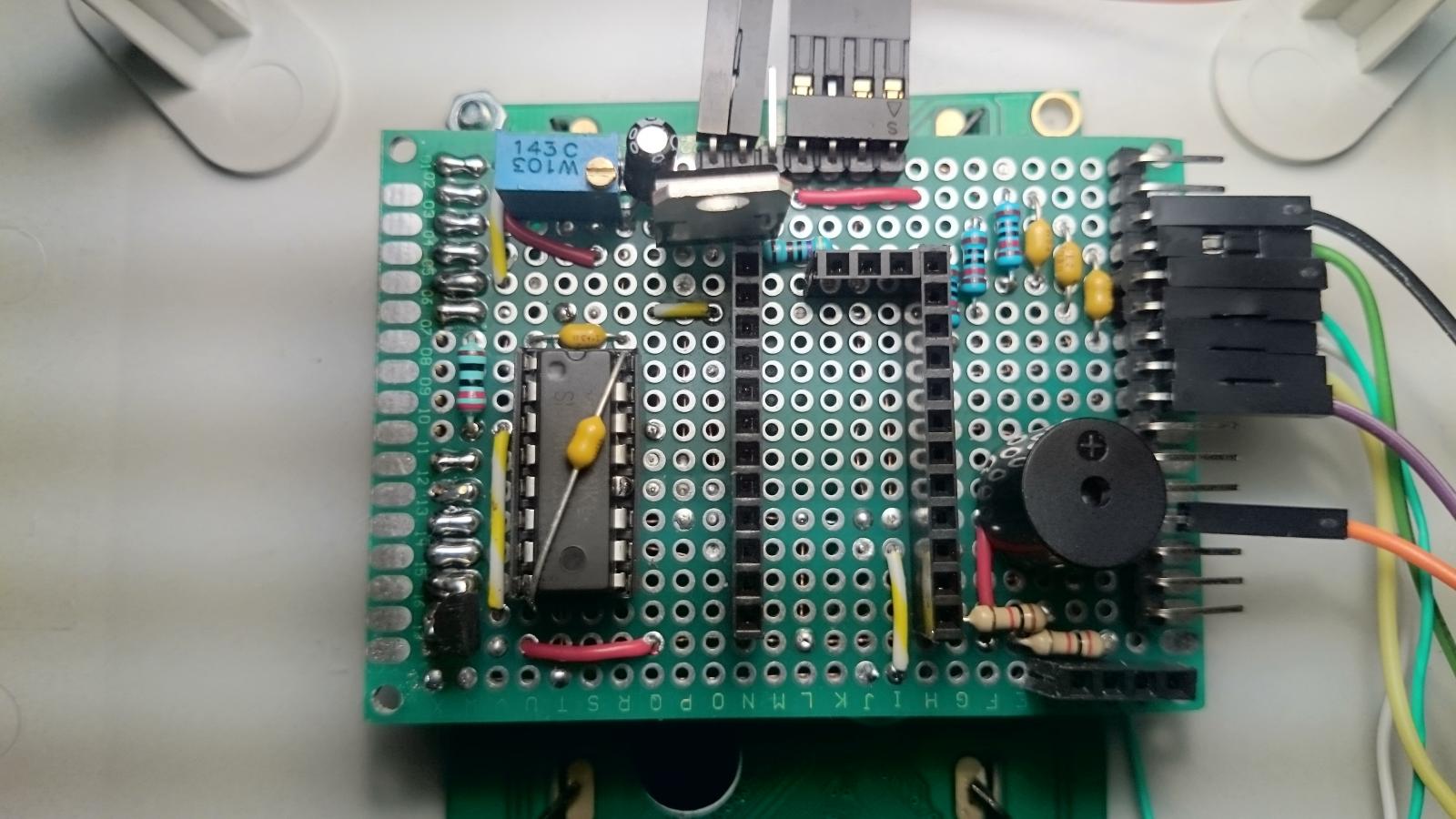
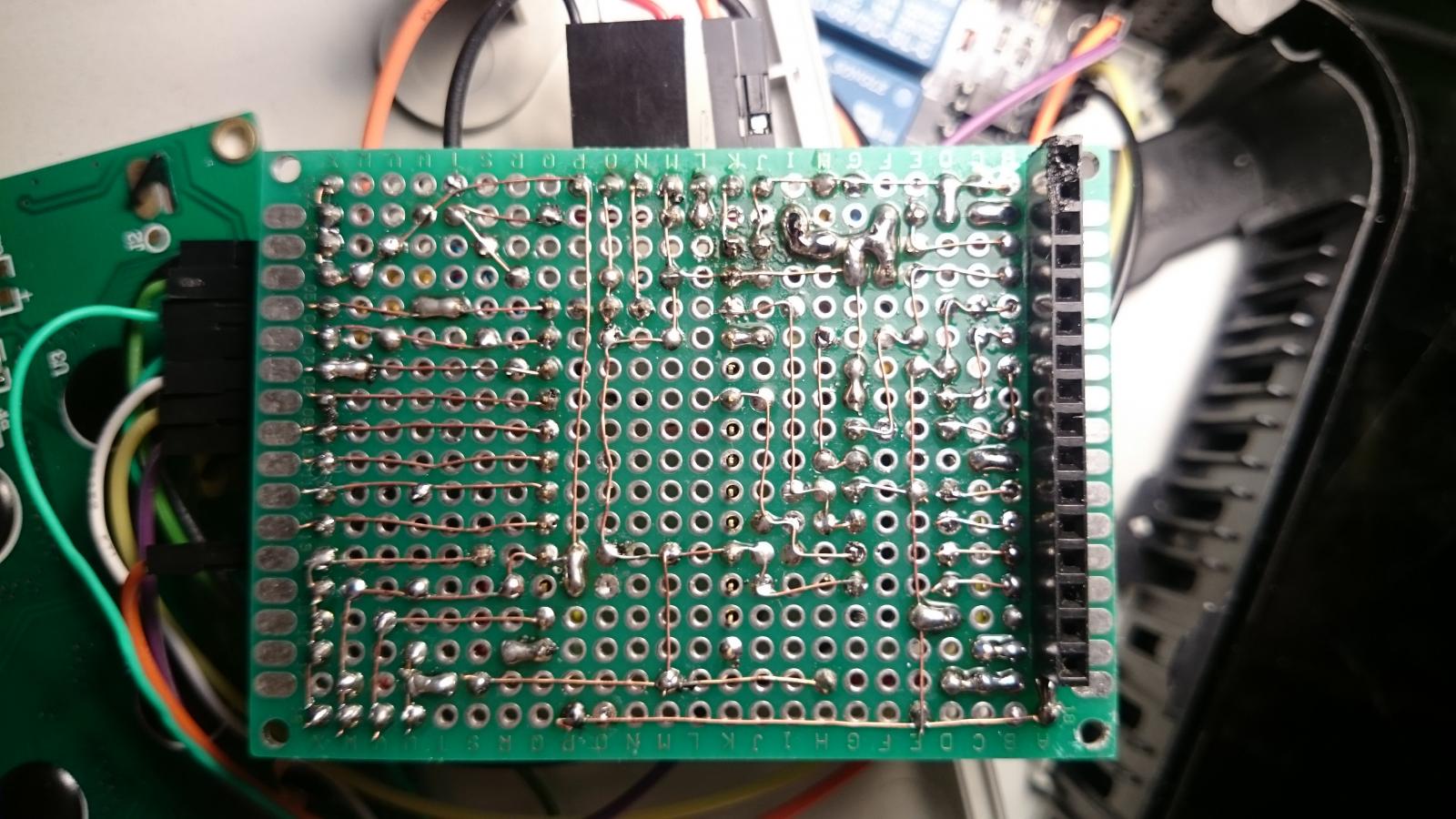














































![Craft A Brew - Safale S-04 Dry Yeast - Fermentis - English Ale Dry Yeast - For English and American Ales and Hard Apple Ciders - Ingredients for Home Brewing - Beer Making Supplies - [1 Pack]](https://m.media-amazon.com/images/I/41fVGNh6JfL._SL500_.jpg)








